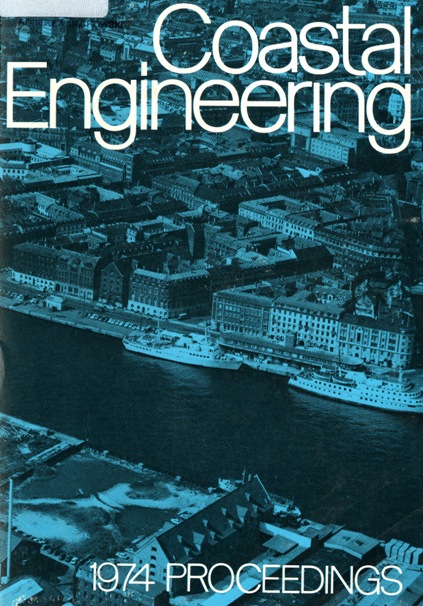Abstract
The two dimensional (directional) power spectrum gives an adequate description of water waves that may be regarded as a linear superposition of statistically independent waves. In such cases the sea surface is linear to the first order and the surface displacement is represented by CO n(t) = Z an sm(u> t + <(>n) n=l where an are the amplitudes of individual waves and is a Tn randomly distributed phase angle, and the process is stationary. Under such circumstances the wave surface is Gaussian, which means that ordinates measured from MWL are normally distributed rf they are sampled at constant intervals of time. It is equally important that the wave heights are Rayleigh distributed. This formulation of the wave surface is widely used e.g. in wave forecasting. There are, however, phenomena such as wave breaking, energy transfer between wave components and surf beat which can only be described by higher order effects of wave motion (1, 2, 3, 4). In this case the two dimensional power spectrum fails to give an accurate description of the wave surface. This means that the first and second order moments (mean and covariance) no longer give all the probability information, and we have to consider higher order moments (5, 6, 7).
Authors retain copyright and grant the Proceedings right of first publication with the work simultaneously licensed under a Creative Commons Attribution License that allows others to share the work with an acknowledgement of the work's authorship and initial publication in this Proceedings.

